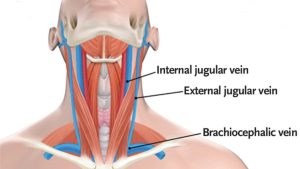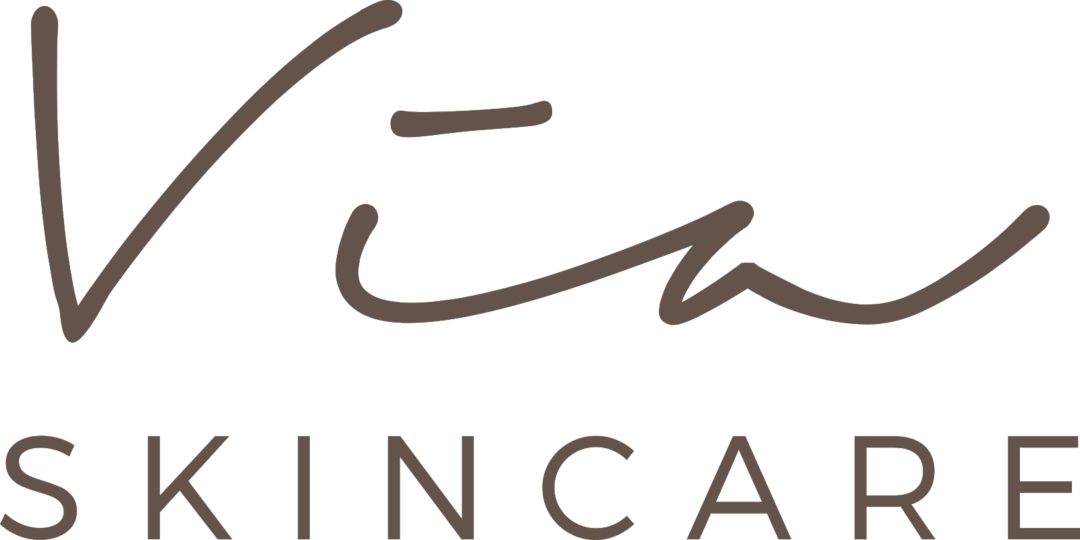Popularity and Misconceptions
Gymnastics for the face has been very popular for several decades. It would seem that this is good. No aggressive interventions, everything is natural and simple. The internet is flooded with videos of beautiful girls holding a cork in their mouths and doing facial exercises. But not everything is so simple. The effectiveness of any method must be confirmed by science. Unfortunately, there are no scientific studies confirming even the safety of facial exercises.
Anatomy and Misunderstanding
Proponents of facial exercises due to the lack of basic knowledge of anatomy, don’t even think that a person can be hurt. Their logic is simple: the buttocks look nice when they are pumped up. So, with the face, you need to act in the same way. After all, all the muscles are basically the same. The mistake is that the muscles of the face are treated like other muscles of the body.
Structural Differences and Ineffectiveness
Meanwhile, the mimic and bodily muscles are arranged completely differently. Yes, they belong to the striated muscles and consist of bundles of muscle fibers. This is where their similarities end. What is the difference then? The skeletal muscle always has two points of fixation on the bones: the beginning and the end. These anchoring points, like a lever, ensure the movement of the bones to which they are attached. Therefore, with the help of physical exercises, we can increase the strength of the tendons and create powerful muscle relief.
Risks of Face Fitness
Many will argue that there is a clear lifting effect after face fitness. Unfortunately, this is a false positive caused by muscle swelling and inflammation, which can lead to myofascial pain syndrome or facial nerve damage, which will require treatment from a neurologist. You would not wish for such “rejuvenation.” In addition, the majority of “natural” face-lifting methods rely on the incredible contraction of the muscles of the head and neck.
The Hidden Risks of Face Fitness
Take a closer look: during each such exercise, the neck moves into an unnatural position: it moves forward, its back surface shortens, and the occipital region spasms. Particularly affected is platysma, the superficial muscle of the neck, the fibers of which eventually turn into strands. It makes no sense to deal with the face if your neck is in a deplorable state. To maintain a youthful and healthy appearance, the neck muscles must be relaxed and healthy. So why make things worse?
Consider the Risks Before You Begin
If you still want to “pump up” your face, please consider the risks. When performing face fitness, it is important to consider the risks: inflammation and injury of the facial and trigeminal nerves, increased spasm of the muscles of the face, which means aggravation of circulatory disorders, and deprivation of tissues of necessary nutrition. It should be also noted that all exercises that “train” the masticatory muscles or the lower jaw lead to dysfunction of the temporomandibular joint, and hyperfunction of the masticatory muscles, and therefore provoke neurological problems.
Alternative Approaches to Facial Health
Therefore, think carefully about whether you need such exercises. In order to get rid of wrinkles and tighten your face, you do not need to pump up facial muscles but systematically work on releasing muscle spasms and restoring blood circulation. Face exercises are now hiding under a lot of names such as face fitness, face-forming, face yoga, face gym, or other “unique lifting methods.” Sometimes it is difficult to figure out where the truth is. But you must clearly understand: that any technique must be based on well-conducted trials and have proven effectiveness.
The Effective Alternative: Facial Massage
The bottom line is that gymnastics is good for the body, but the face needs a massage.
Explore safe and scientifically backed facial treatments at Via Skincare. Book your session today and give your skin the care it deserves!





